Wuhan, the only sub-provincial city in Central China,
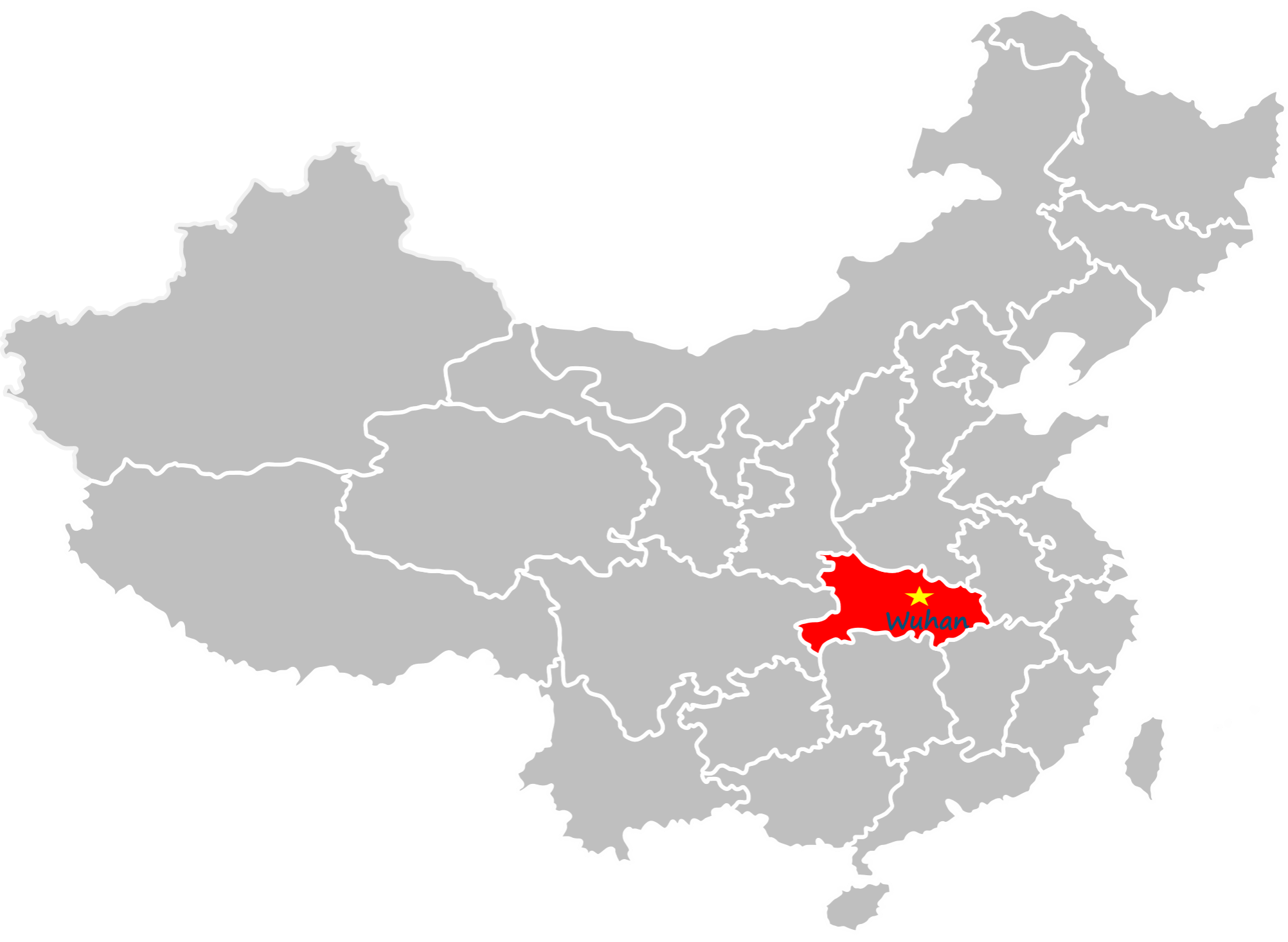 is now the capital of Hubei Province with an area of 8,494 square kilometers. The world's 3rd longest river-the Yangtze River and its greatest branch, the Hanshui River flow across the city and divide it into three parts, namely Wuchang, Hankou and Hanyang. It is located at 113°41'E to 115°05' E and 29°58'N to 31°22' N. It has a humid subtropical monsoon climate with abundant rainfall, sunshine and four distinctive seasons.Wuhan has 13 districts, among which Jiang'an, Jianghan, Qiaokou, Hanyang, Wuchang, Hongshan and Qingshan Districts are downtowns while Dongxihu, Caidian, Jiangxia, Huangpi, Xinzhou and Hannan Districts are new towns. Wuchang, Hanyang, Jiang'an, Jianghan and Qiaokou Districts are old towns. Wuhan also has three state-level development zones, i.e. Wuhan Economic and Technological Development Zone (Zhuankou Development Zone), East Lake Hi-Tech Development Zone (Optical Valley of China) and Wuhan Wujiashan Economic and Technological Development Zone. Now the number of registered permanent residents is about 9,790,000.Wuhan enjoys a time-honored history. According to archaeological discoveries and ancient records, more than 10,000 years ago, some people had already settled down in Wuhan. Over 3,500 years ago, the light of urban civilization began to spark in Panlongcheng, an ancient city in the northern area of Wuhan at that time. During the Three Kingdoms Period some 1,700 years ago, Wuhan was a noted battlefield. After the Ming and the Qing Dynasties, Hankou gradually developed itself into one of “the Four Famous Towns” nationwide. More than 100 years ago, Wuchang was the birthplace of the Revolution of 1911.
is now the capital of Hubei Province with an area of 8,494 square kilometers. The world's 3rd longest river-the Yangtze River and its greatest branch, the Hanshui River flow across the city and divide it into three parts, namely Wuchang, Hankou and Hanyang. It is located at 113°41'E to 115°05' E and 29°58'N to 31°22' N. It has a humid subtropical monsoon climate with abundant rainfall, sunshine and four distinctive seasons.Wuhan has 13 districts, among which Jiang'an, Jianghan, Qiaokou, Hanyang, Wuchang, Hongshan and Qingshan Districts are downtowns while Dongxihu, Caidian, Jiangxia, Huangpi, Xinzhou and Hannan Districts are new towns. Wuchang, Hanyang, Jiang'an, Jianghan and Qiaokou Districts are old towns. Wuhan also has three state-level development zones, i.e. Wuhan Economic and Technological Development Zone (Zhuankou Development Zone), East Lake Hi-Tech Development Zone (Optical Valley of China) and Wuhan Wujiashan Economic and Technological Development Zone. Now the number of registered permanent residents is about 9,790,000.Wuhan enjoys a time-honored history. According to archaeological discoveries and ancient records, more than 10,000 years ago, some people had already settled down in Wuhan. Over 3,500 years ago, the light of urban civilization began to spark in Panlongcheng, an ancient city in the northern area of Wuhan at that time. During the Three Kingdoms Period some 1,700 years ago, Wuhan was a noted battlefield. After the Ming and the Qing Dynasties, Hankou gradually developed itself into one of “the Four Famous Towns” nationwide. More than 100 years ago, Wuchang was the birthplace of the Revolution of 1911.

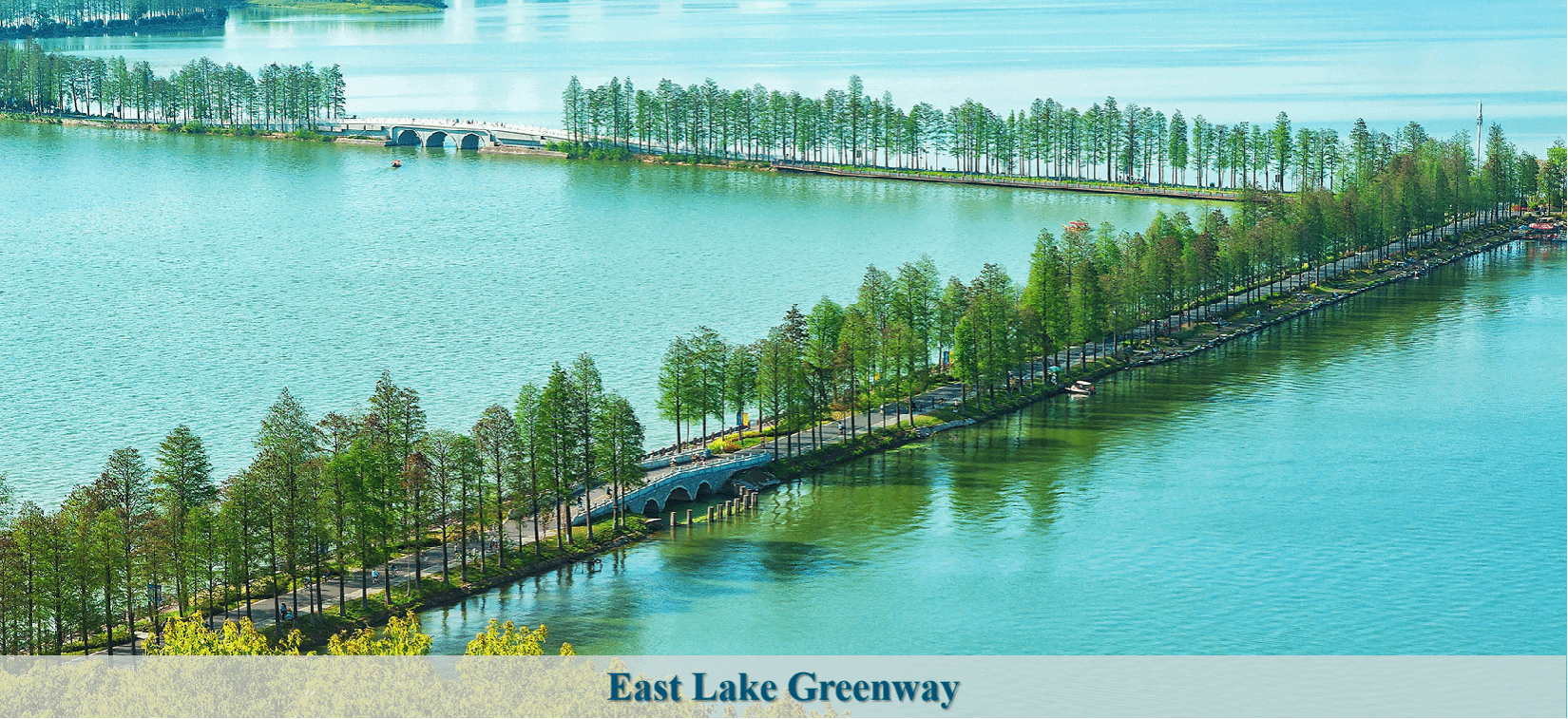
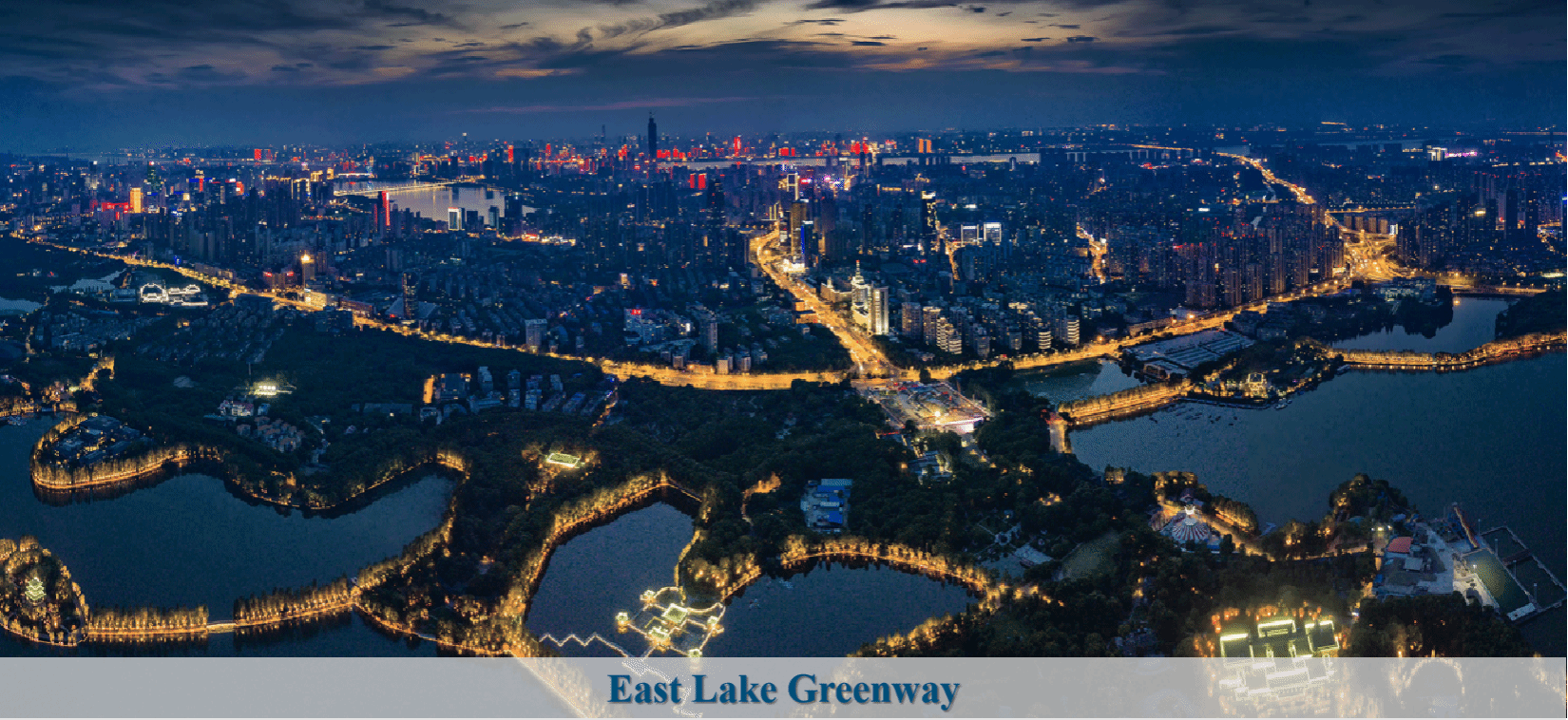

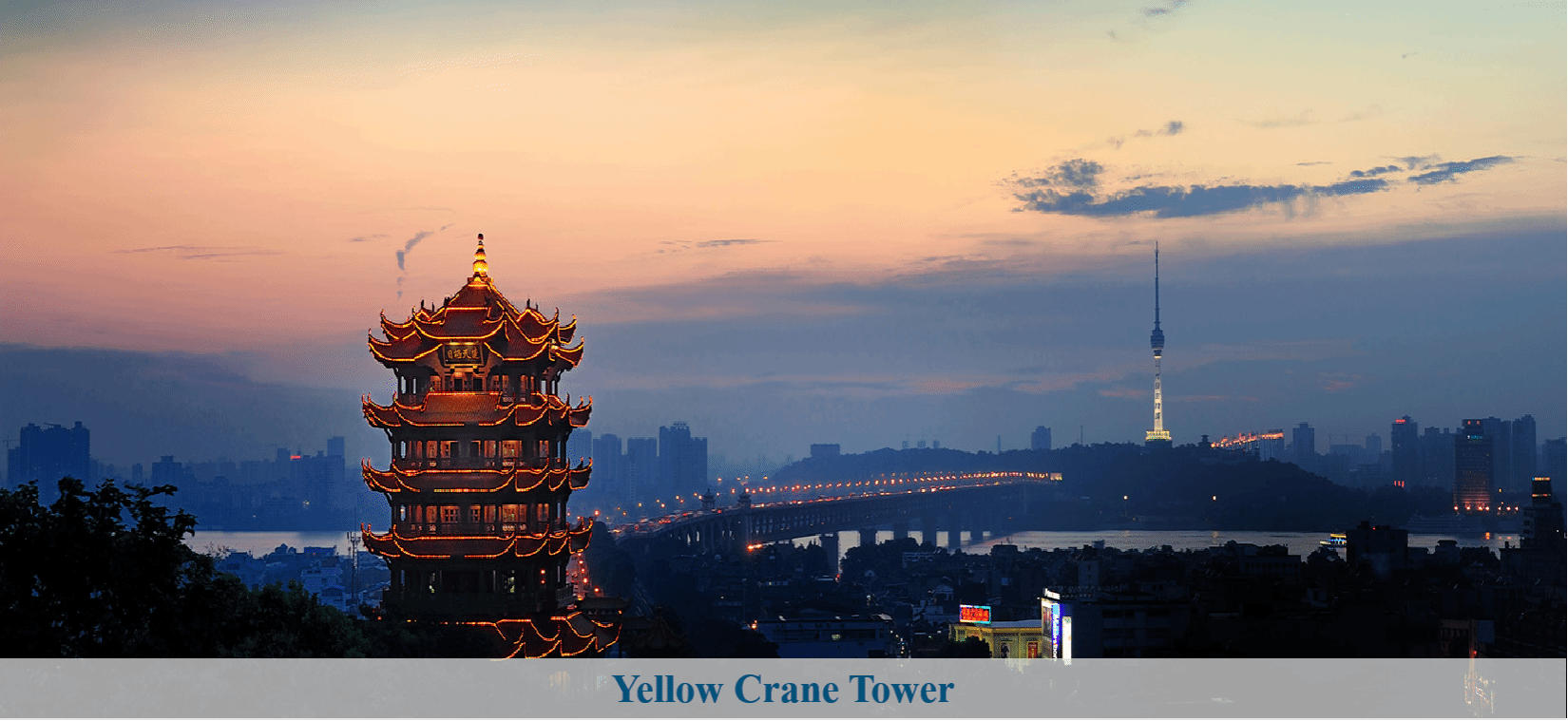
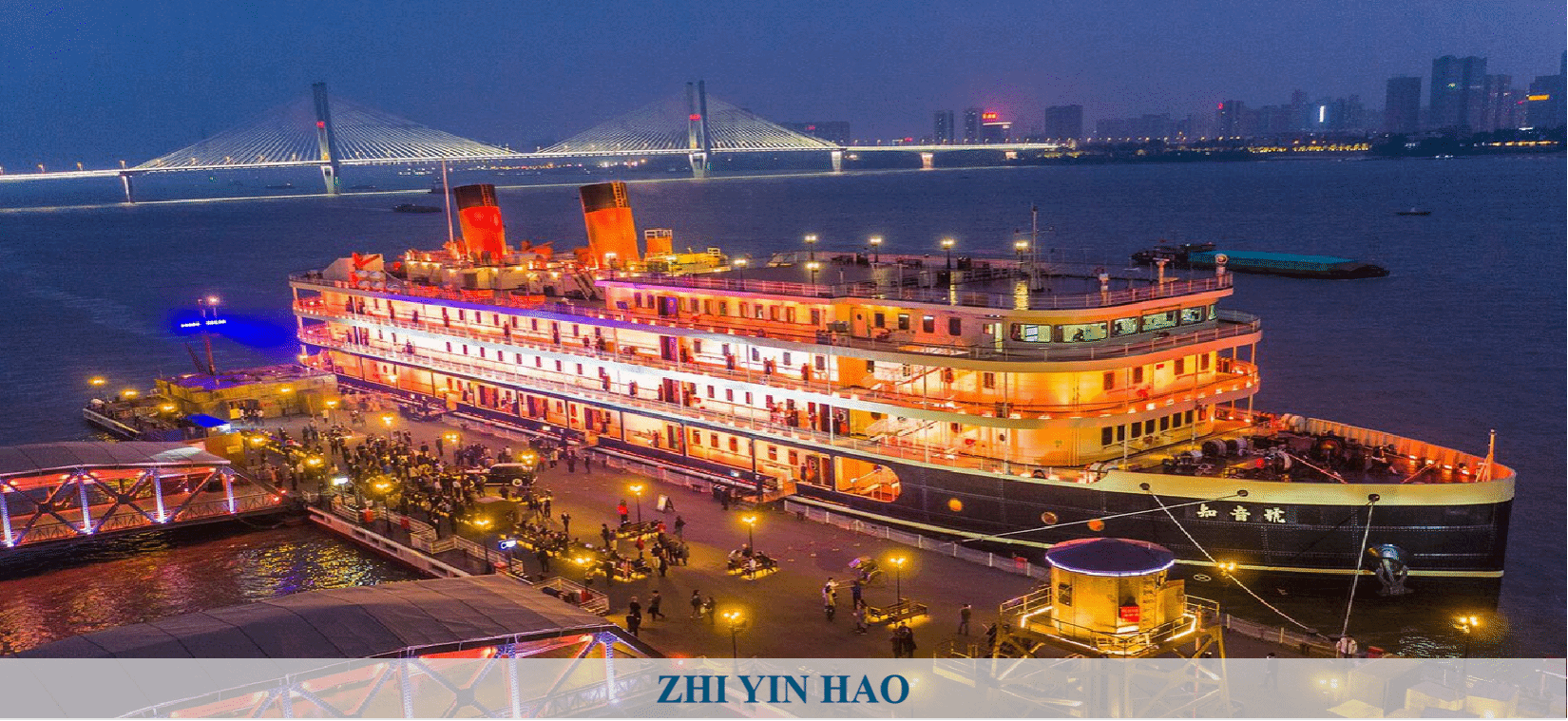
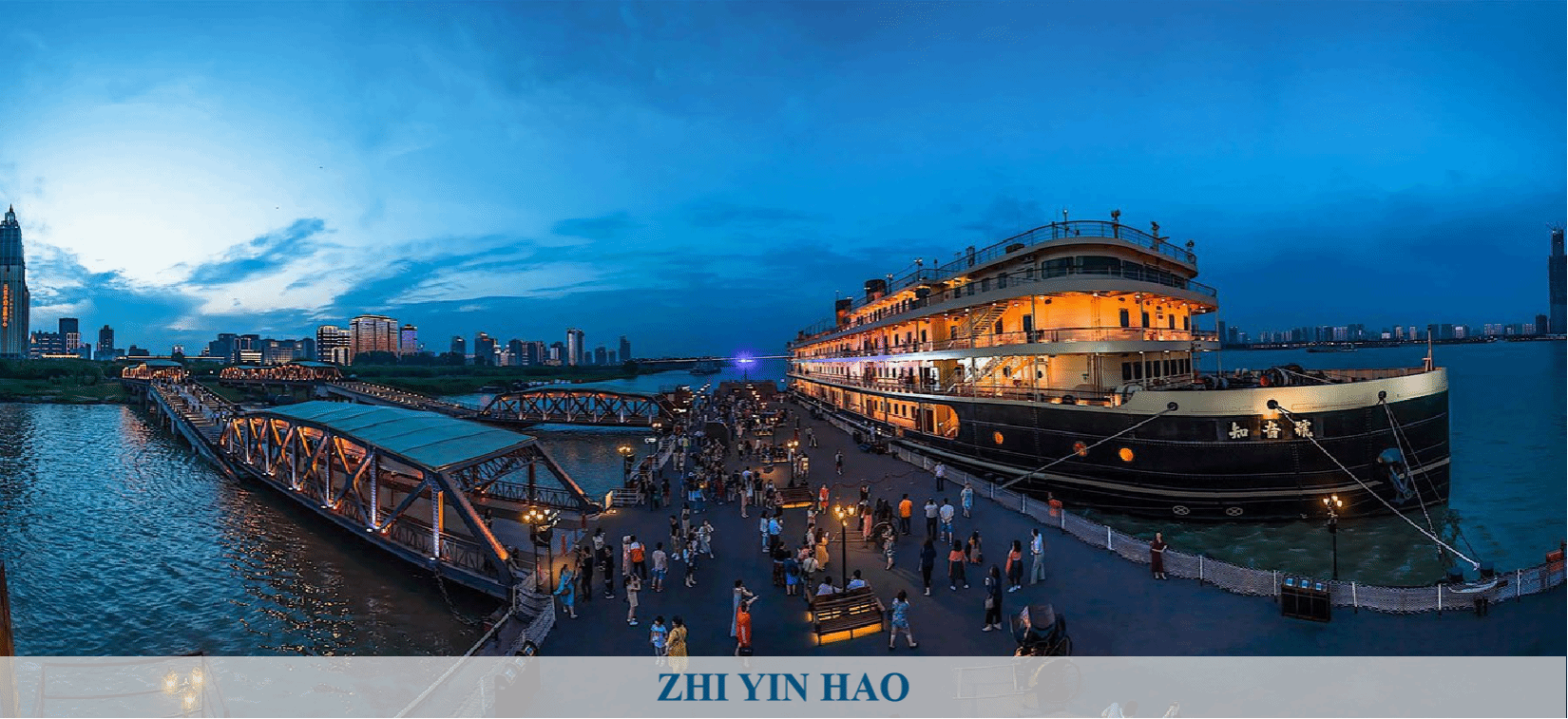
For more detailed information, please visit the official website of Wuhan Provincial People's Government: